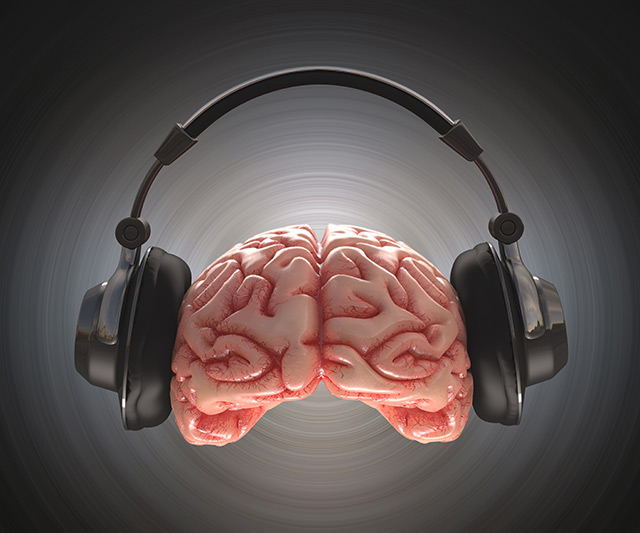Scientists admit that the distinction between what is “real” and “imagined” is not so clear; what we imagine could change the way we hear sounds
05/15/2018 / By Tracey Watson

If you’ve ever seen a ventriloquist project his voice in such a way that he appears to be conversing with a lifeless dummy, then you have firsthand knowledge of what scientists call the Ventriloquist Illusion. You see, although the ventriloquist makes it look like he is projecting his voice over a distance so that the dummy seems to be talking back to him, what is actually happening is a trick of the mind.
A new study published in the journal Psychological Science recently, found that the line between what’s real and what’s imagined might be even more blurred than previously believed.
Scientists used to believe that information received from each of the five senses – sight, taste, smell, hearing and touch – was processed separately by the brain, however, researchers from Duke University Medical Center discovered back in 2007 that the brain processes information from different senses at the same time. It is this ability to process different sensory information simultaneously that allows the ventriloquist to weave his illusion.
Science Daily explained at the time:
The association between the voice and the moving mouth of the dummy is made before the viewer consciously thinks about it. The same process may also explain why the words being spoken by a talking head on television appear to be coming out of the mouth, even though the television speakers are located to the side of the set.
So, the ventriloquist is not projecting his voice at all; your brain simply sees the dummy’s mouth moving, hears the words the ventriloquist speaks, and concludes that the dummy is talking.
Support our mission and enhance your own self-reliance: The laboratory-verified Organic Emergency Survival Bucket provides certified organic, high-nutrition storable food for emergency preparedness. Completely free of corn syrup, MSG, GMOs and other food toxins. Ultra-clean solution for years of food security. Learn more at the Health Ranger Store.
Is it real or are you just imagining it?
The new Psychological Science study has taken this understanding a step further by determining that after a certain amount of conditioning your brain can be “tricked” in the same way even if you simply imagine a scenario rather than physically experiencing it.
The brain is constantly integrating information from multiple senses to produce a coherent experience of the world. This process is seamless and adaptive — for example, in the ventriloquist illusion, the perceived location of a sound shifts toward the location of visual stimulus if they are presented at the same time. And if we experience this pairing repeatedly, the illusion will persist as an aftereffect even when the visual stimulus is gone and we only hear the sound.
We might like to believe that sights and sounds in the real world is categorically different from imagining them — however, brain imaging data suggest that the distinction between real and imagined isn’t quite so clear.
Researchers from the California Institute of Technology set out to prove their theory that the Ventriloquist Illusion could be triggered by imaginary stimuli by performing various experiments.
Firstly, study participants were asked to imagine a circle appearing at a specific location on a screen at the same time that they were exposed to white noise emanating from one of three different locations behind the screen. They were then asked to listen to bursts of white noise and asked to pinpoint which direction the noise was coming from while once again imagining a circle on the screen. The results showed that the participants’ conclusions were directly related to the combination of images and sounds that they were originally exposed to in the first part of the experiment, so long as the combination was consistent over a period of time. (Related: Discover cutting edge scientific breakthroughs at Scientific.news.)
“We were surprised to find that the effects on participants’ perception of acoustic space were almost as strong for imagined stimuli as they were for real visual stimuli,” said researcher Christopher C. Berger. “That is, what we imagine seeing can affect our future perception of sound as much as what we actually see.”
The researchers hope to further their study, and believe that their work could be used to help patients undergoing rehabilitation after stroke or injury, as well as in the development of neural prostheses and brain/computer interfaces. (Related: One step closer to brain-controlled human/computer interfaces.)
Sources for this article include:
Tagged Under: brain-computer interfaces, future tech, human senses, injury, mind body science, neural prostheses, real or imagined, research, scientific, senses, sensory perception, stroke, Ventriloquist Illusion, ventriloquists




















